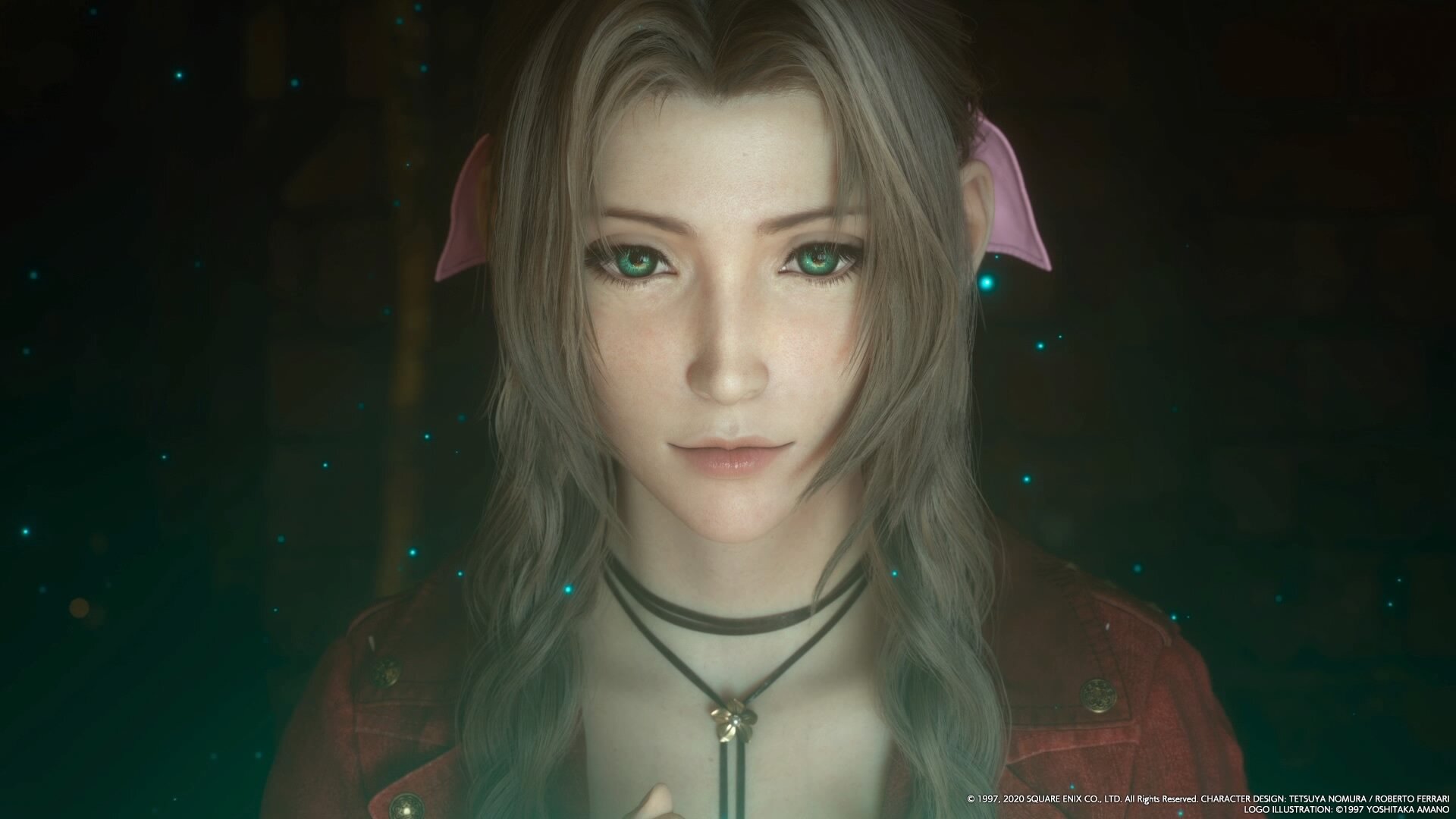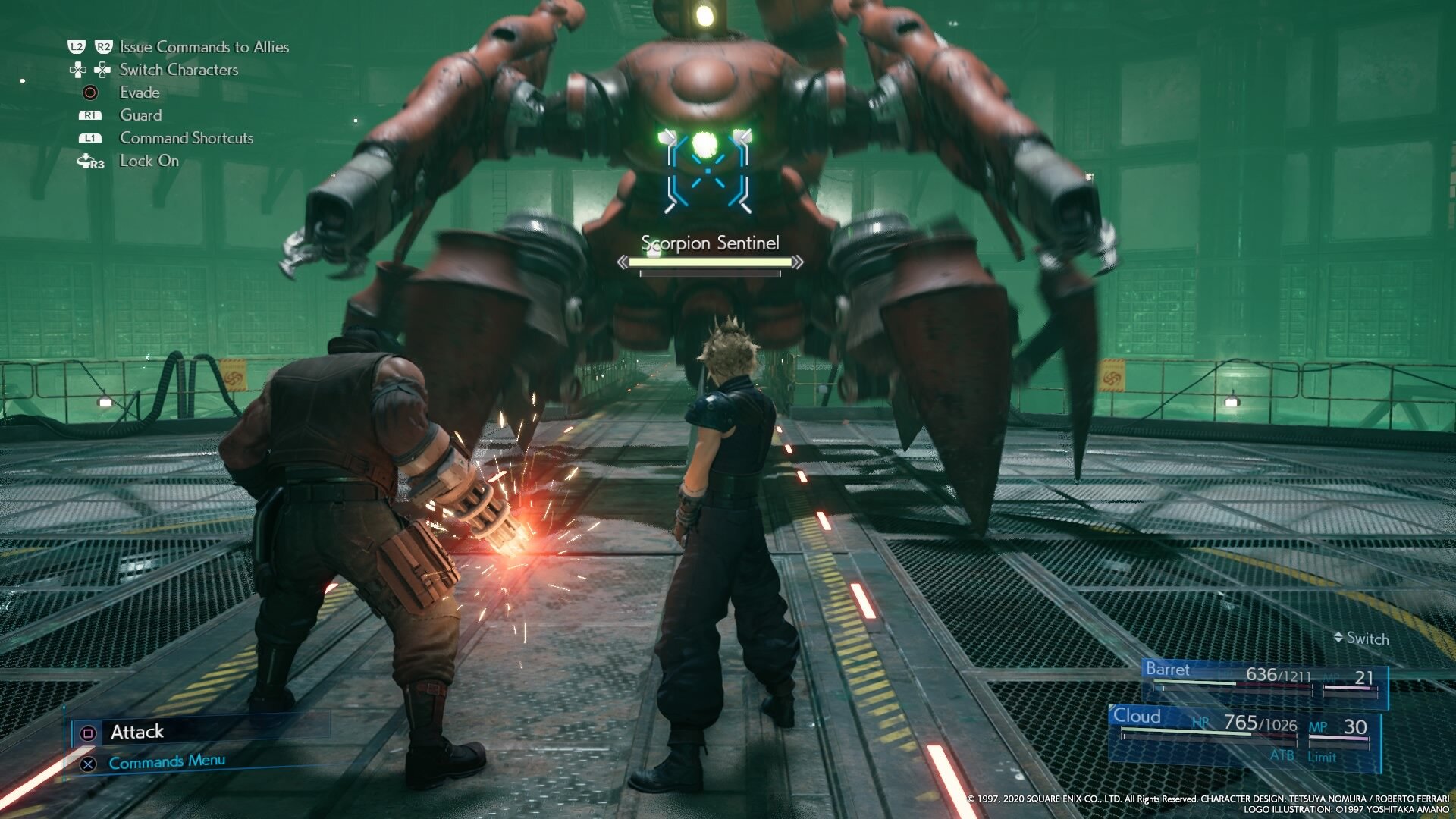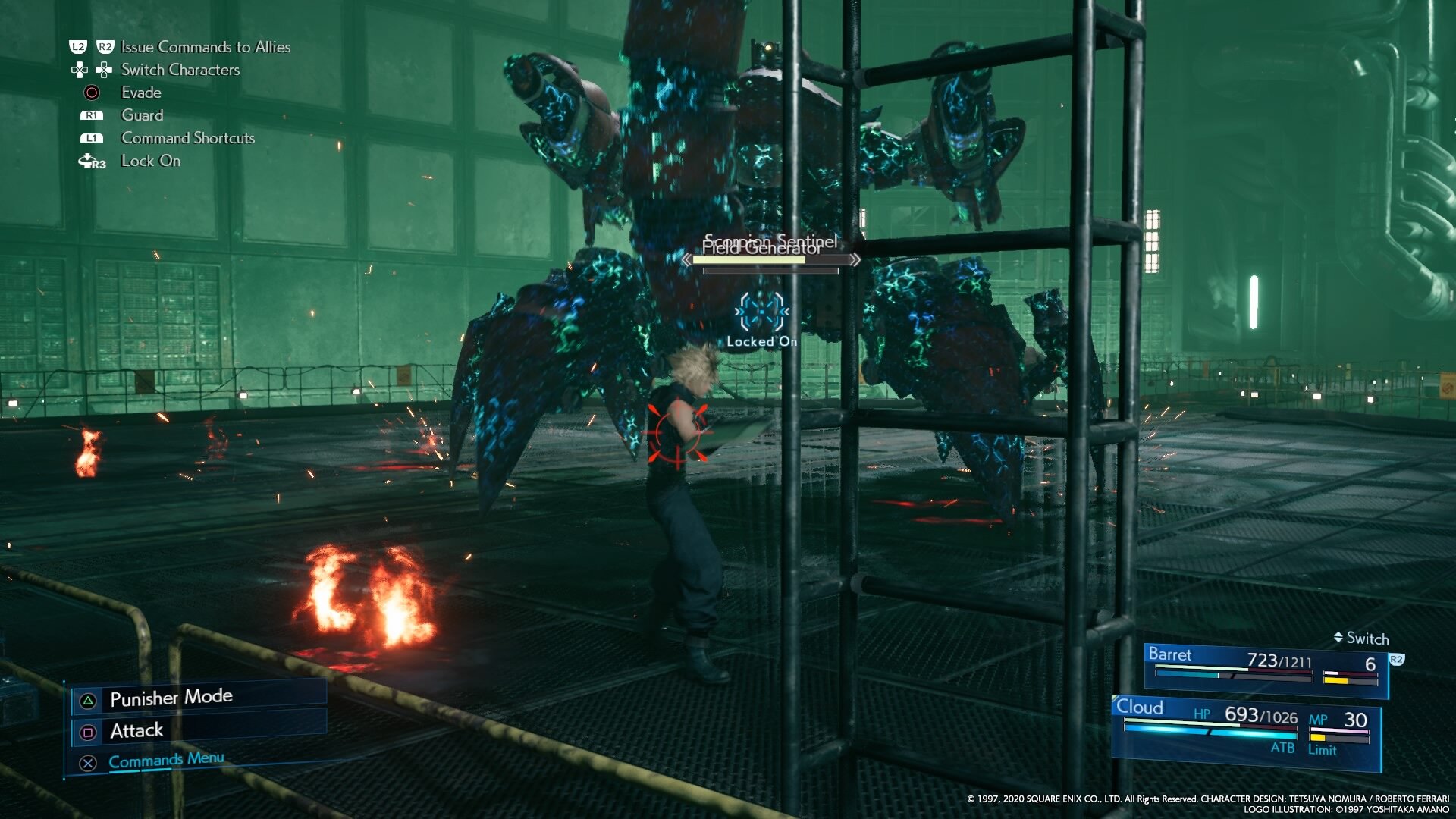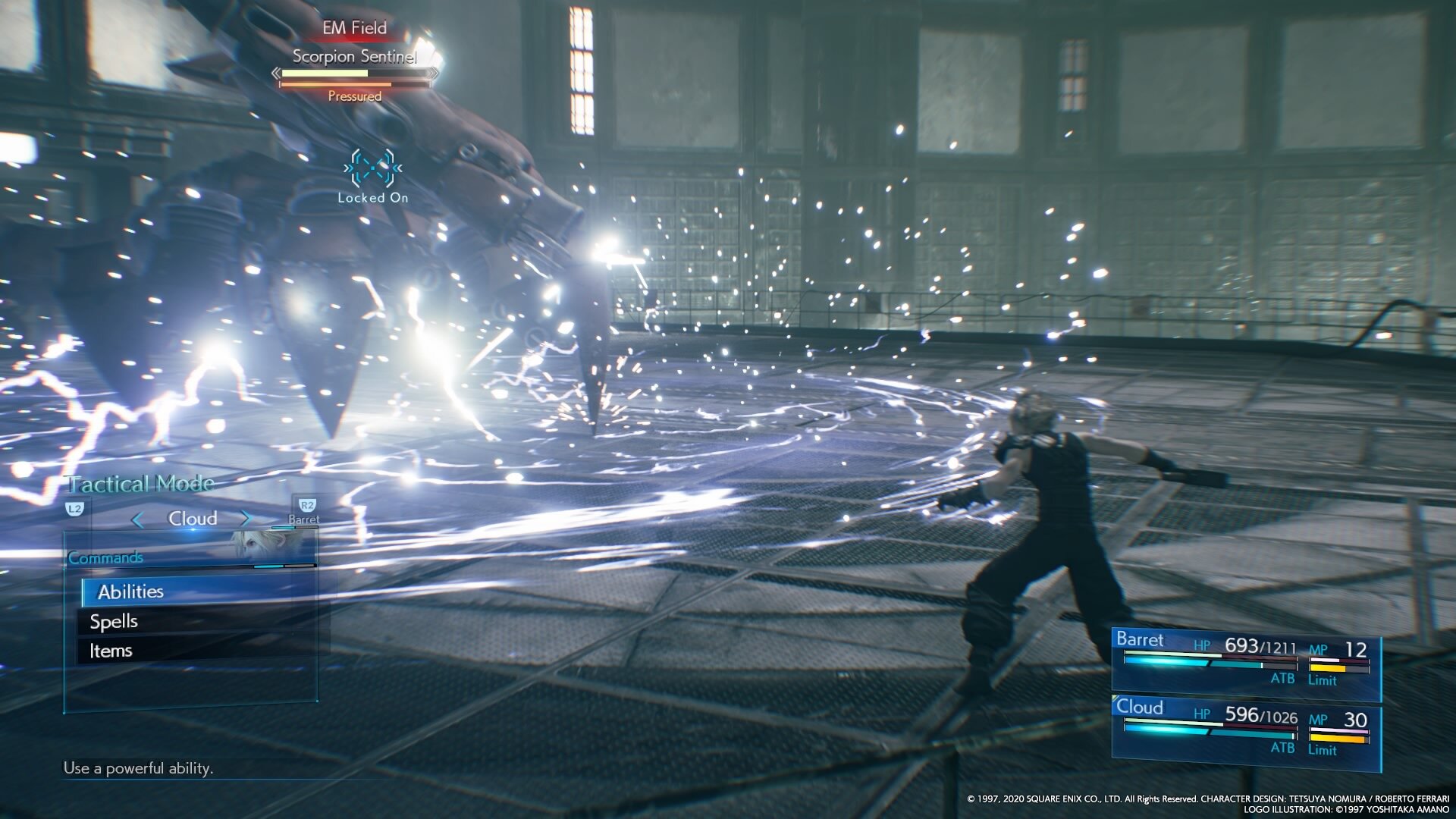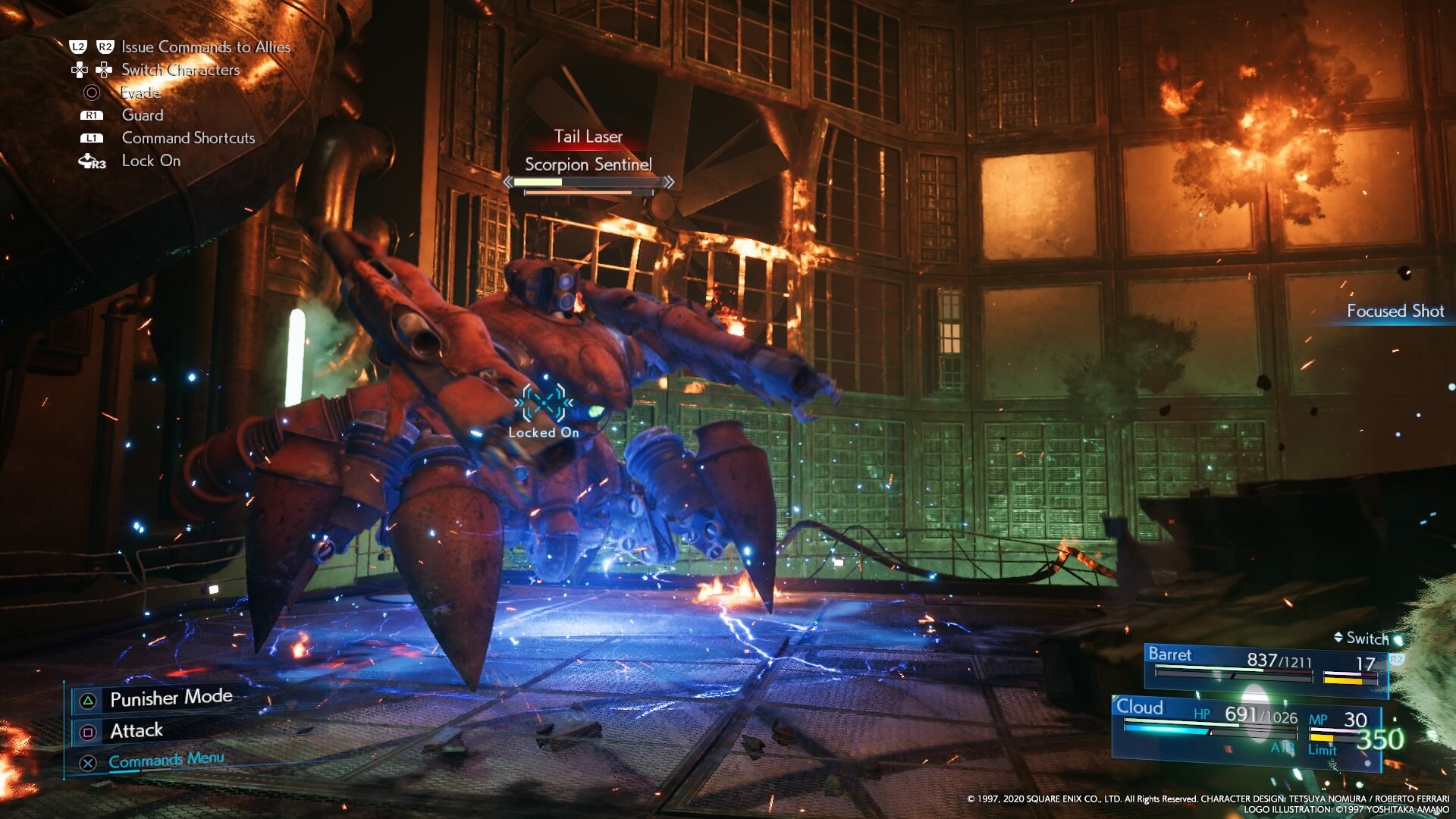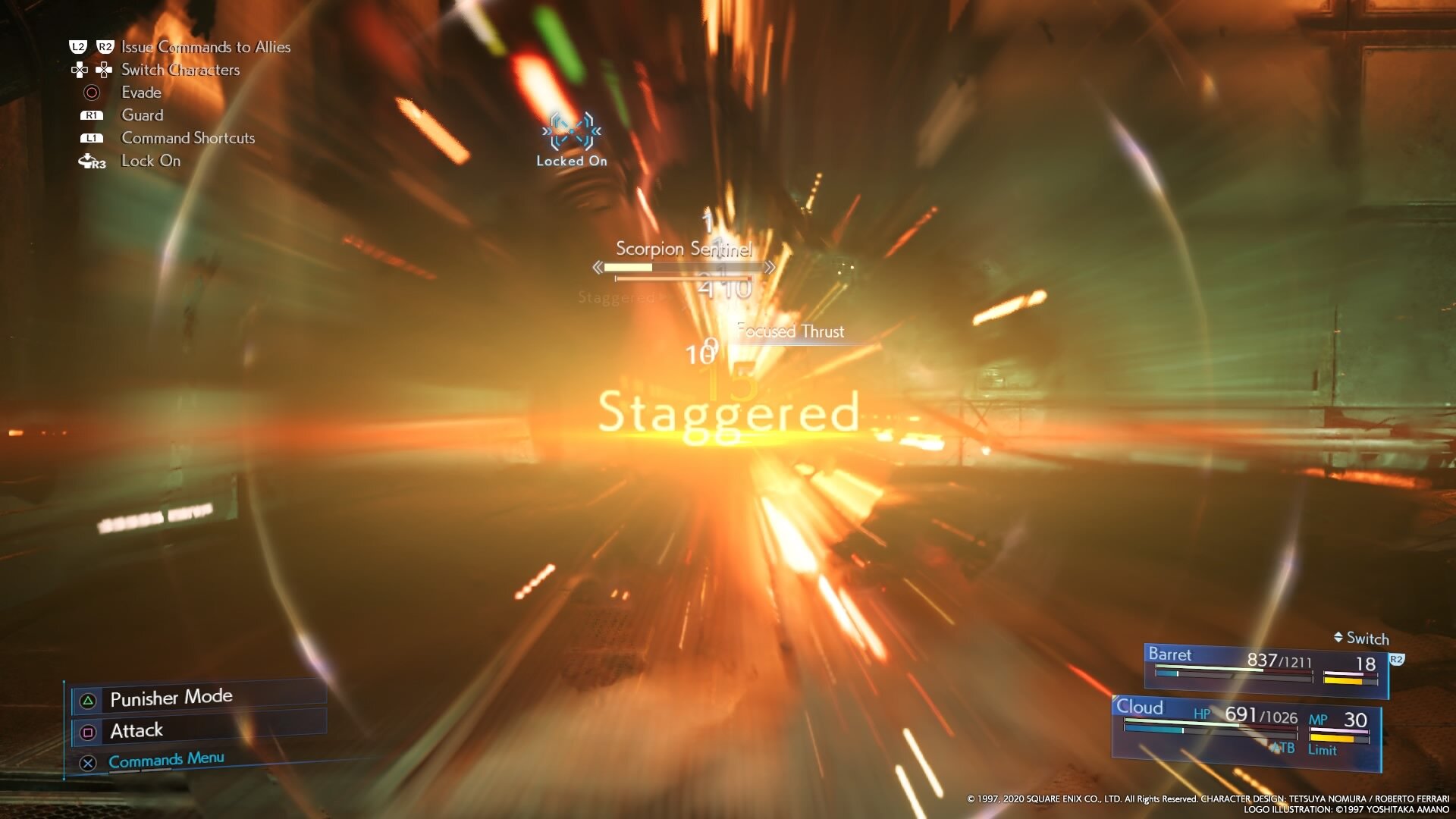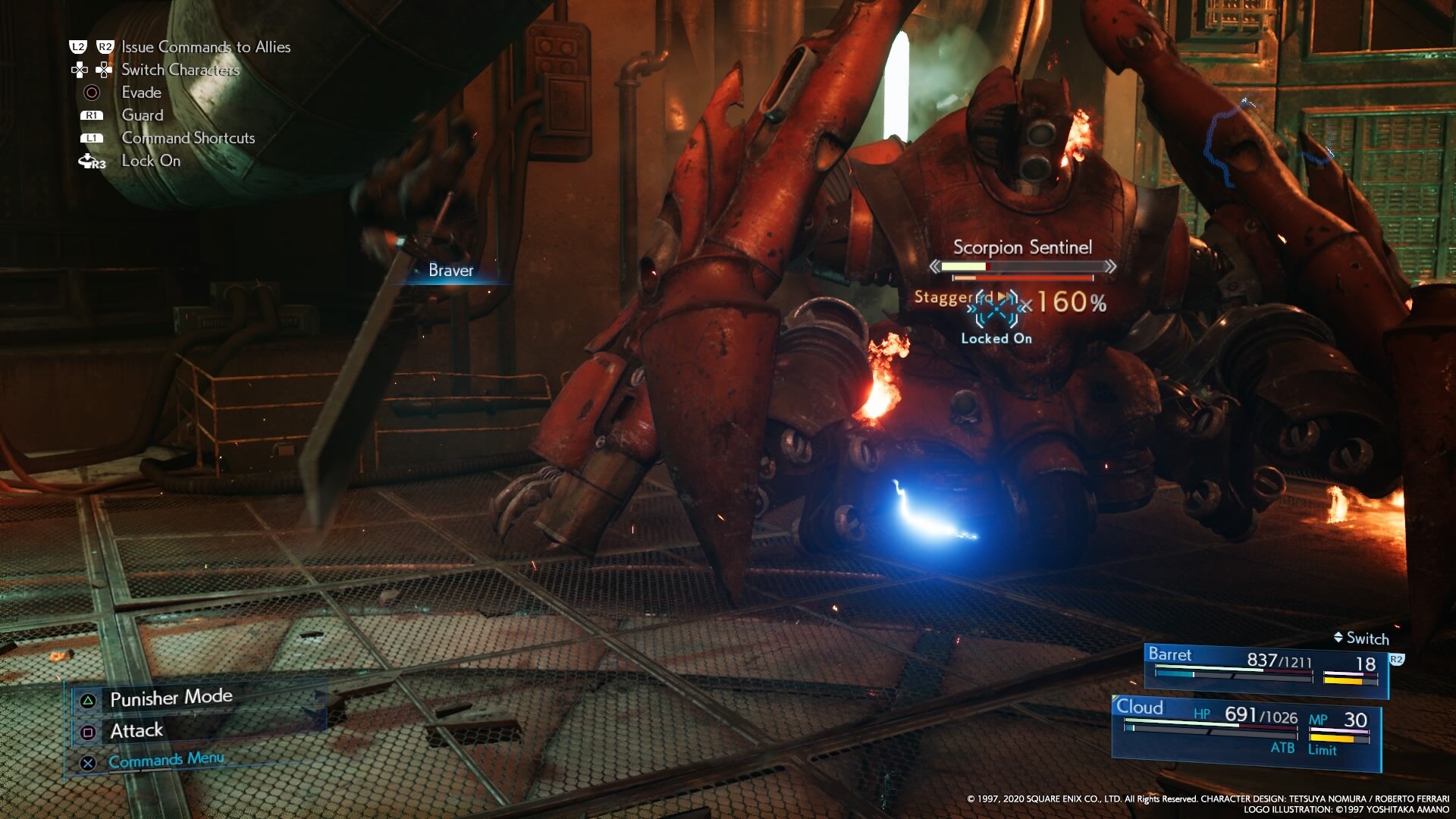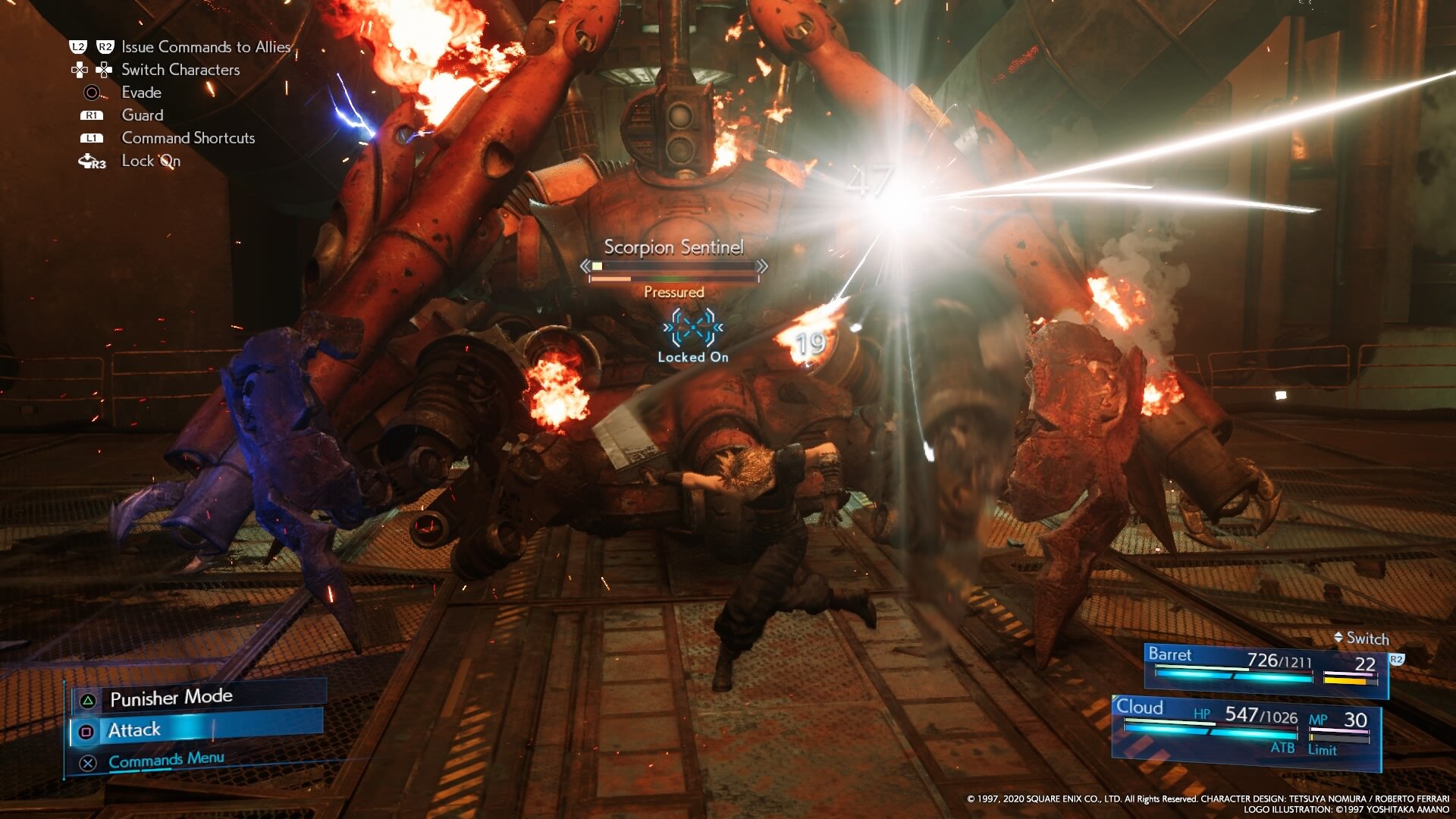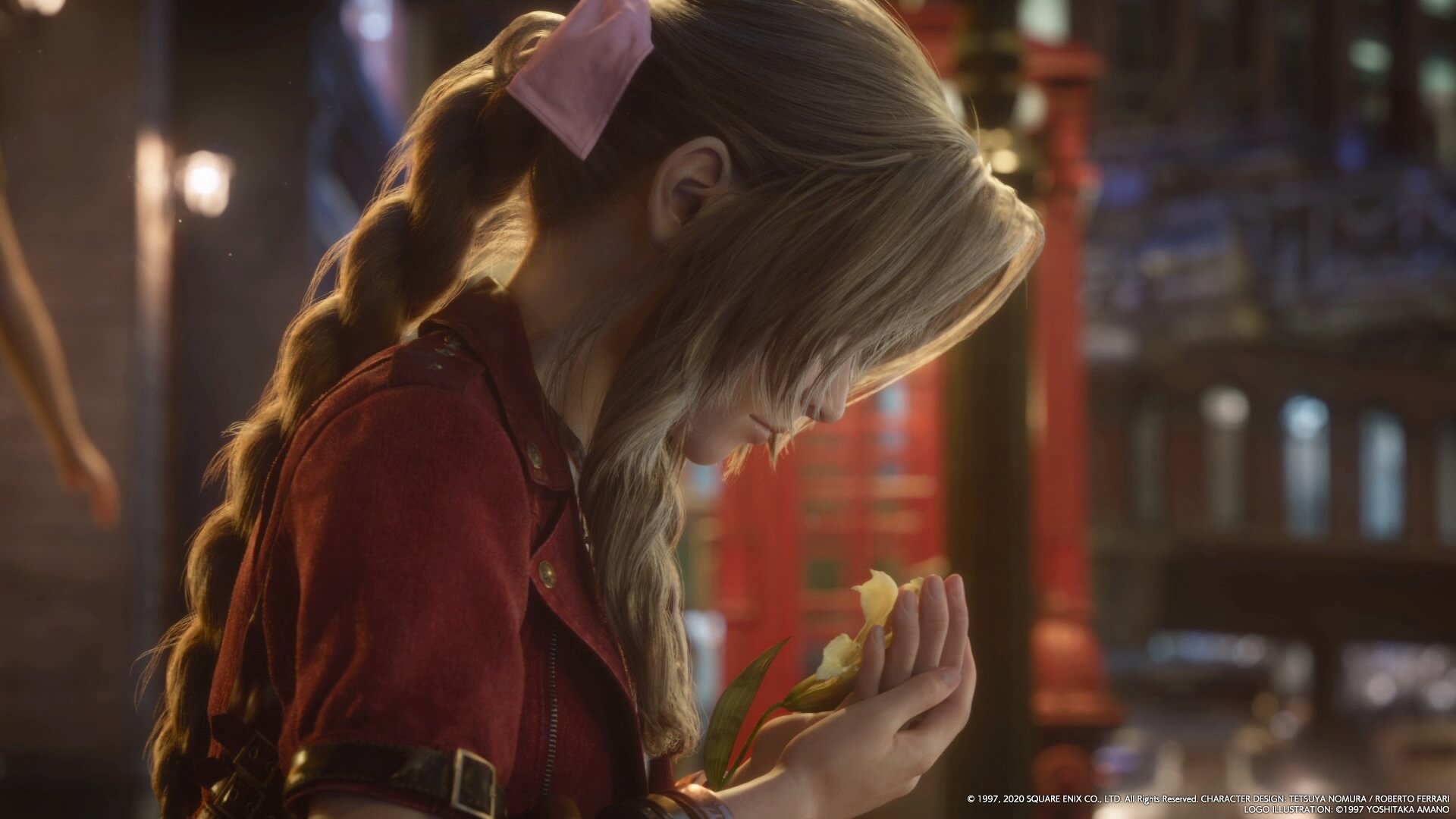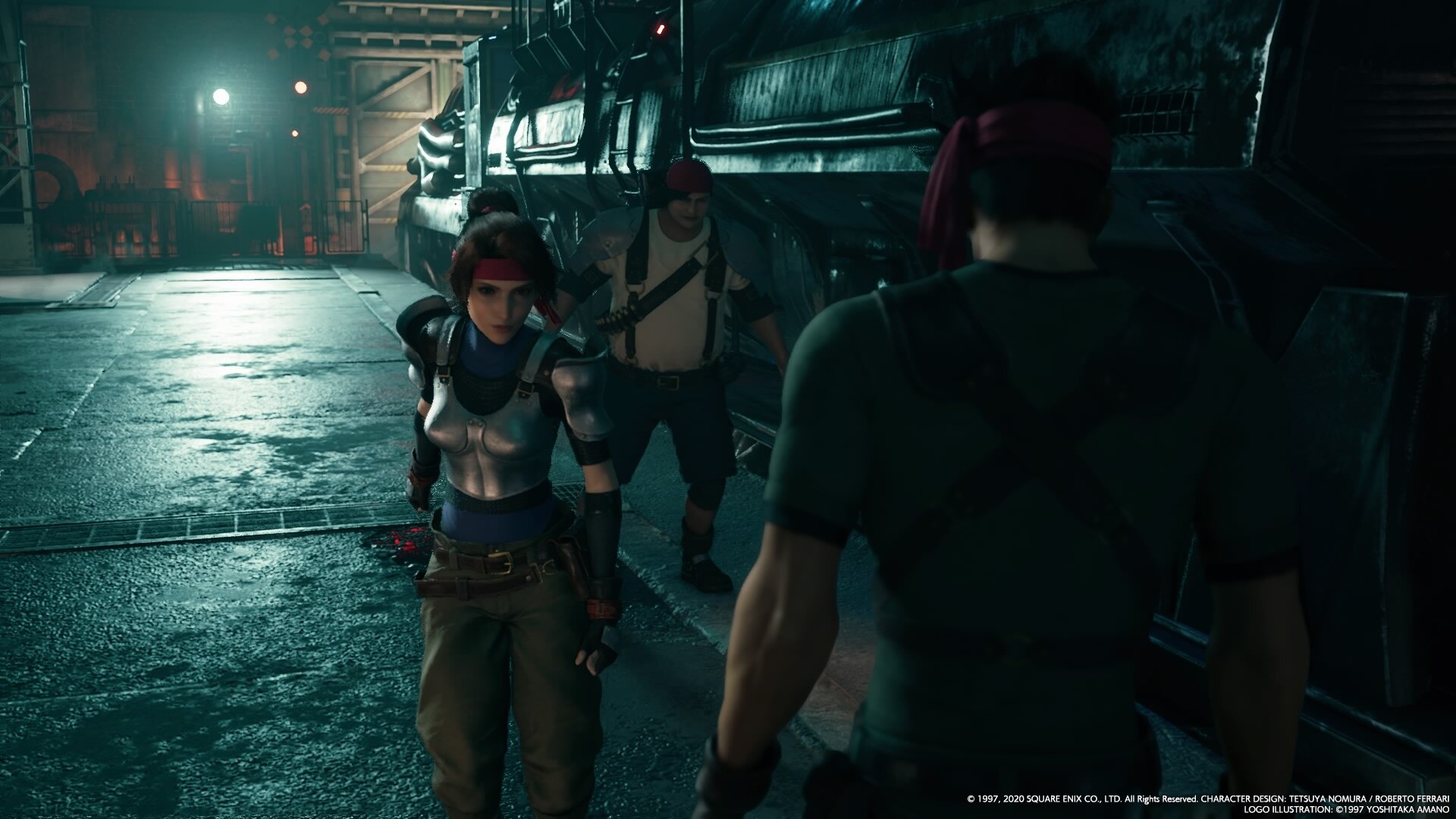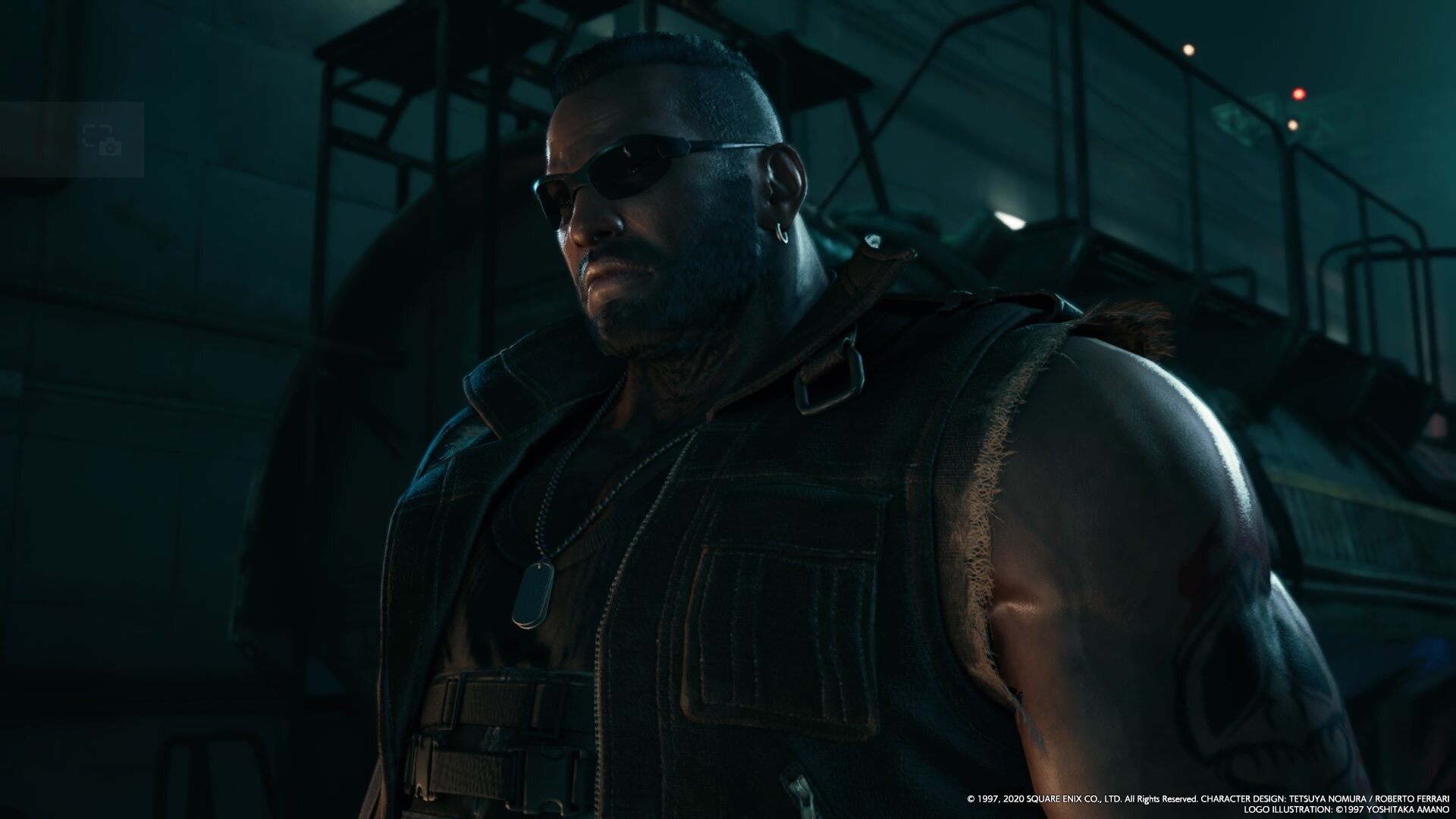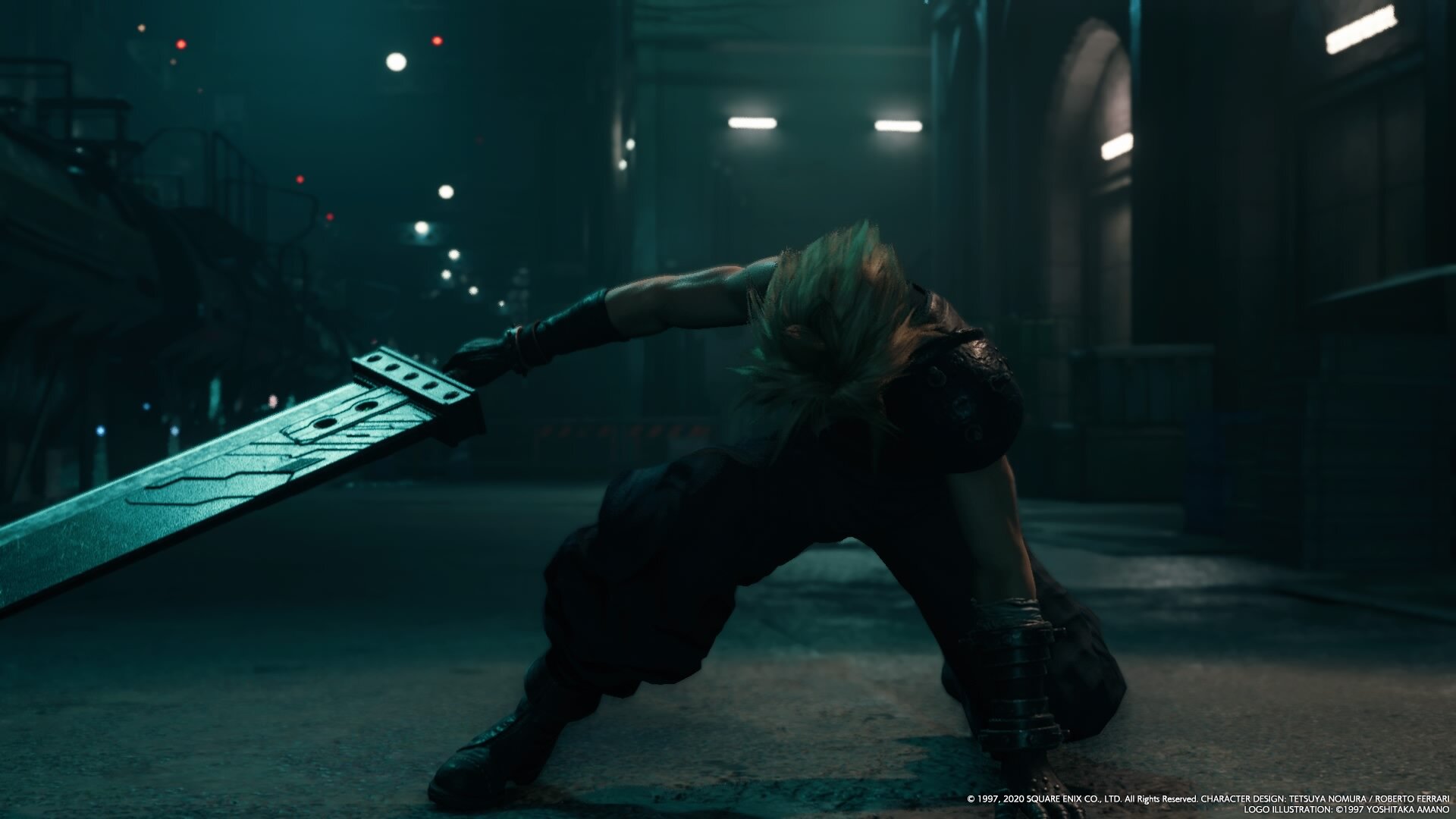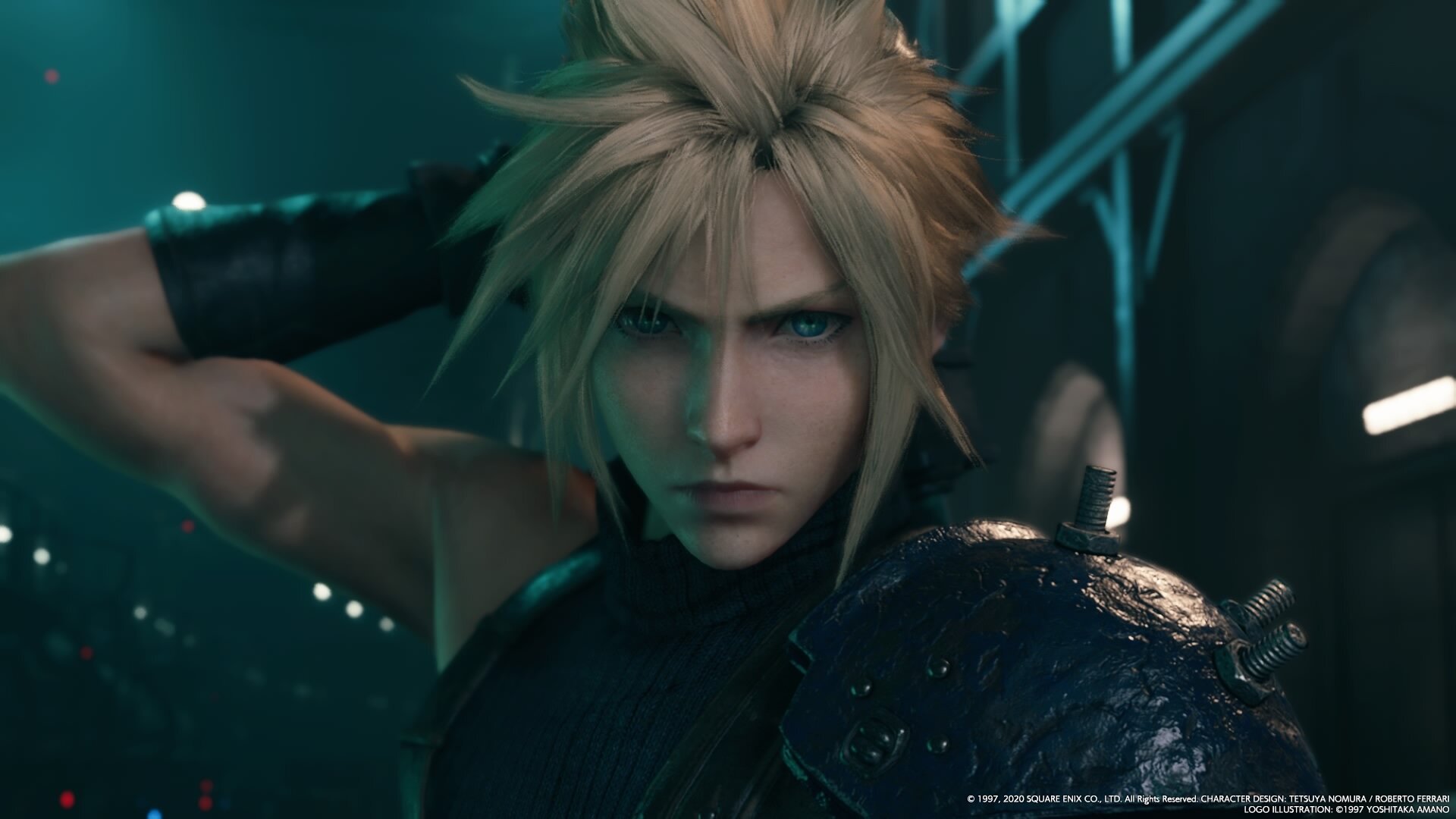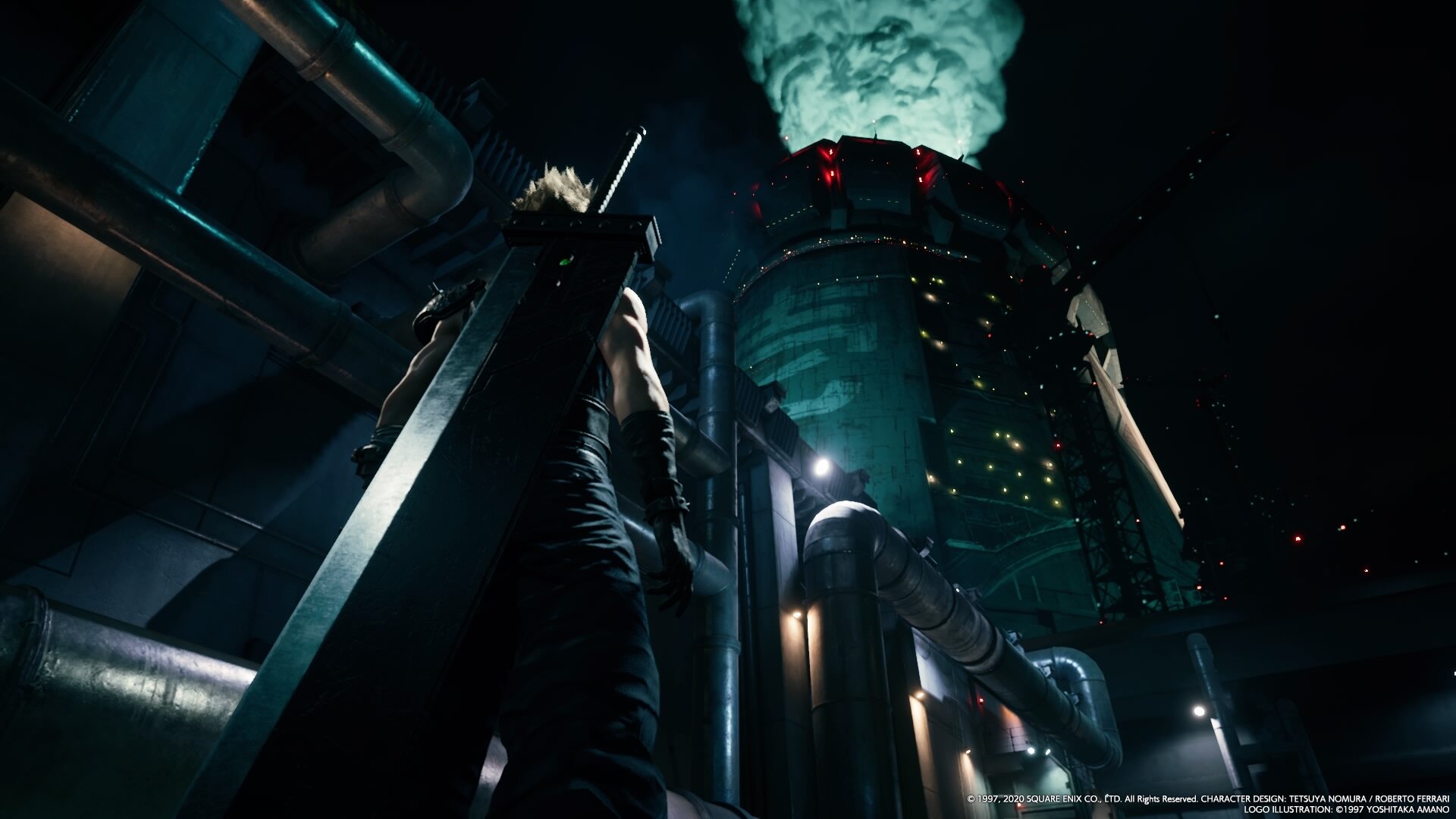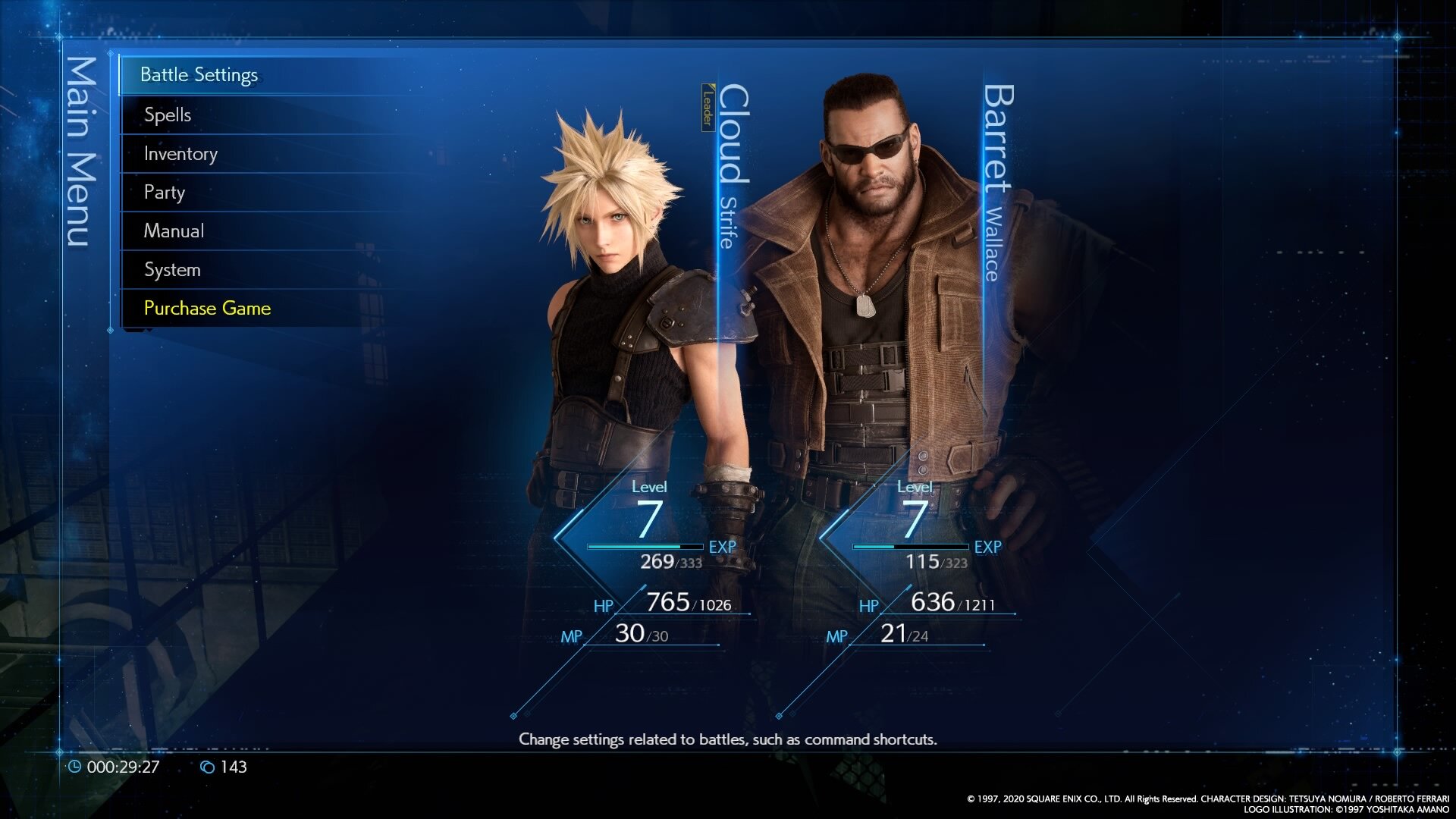Final Fantasy VII Remake Demo
/That’s our girl, Aeris (Aerith?), looking pretty damn amazing in the familiar-but-new intro.
It’s here. The thing people were chatting about for years, the remake fans practically demanded for the good part of a decade, is present, touchable, taste-able (yes, I can taste it), and it’s time to talk about it. Square-Enix recently released the demo for the Final Fantasy VII Remake, and I grabbed onto it like it’s an orange and I’m a pirate with scurvy. I’m going to attempt to review the demo here with as little spoilers as possible for those folks that haven’t played the original, but this is also all about nostalgia, so expect some nuggets about familiar characters, but no details about the overarching narrative.
Before I start, I have to be candid about my own bias. I never expected much of this remake. After I played Final Fantasy XV, I lost a bit of hope for the series. Seriously, read my scathing review of it and you’ll see how I felt. Square-Enix has a habit of simplifying certain game mechanics I expect—the RPG-ish stuff—for the sake of flashier action-oriented gameplay and appealing to a broader audience. I’ve played all the Final Fantasies (Fantasys?), and I always look forward to a new world, wonderful characters, and a new combat and ability system to master. FFVII was always my favorite, so when I heard about the remake, I reacted with less than optimistic enthusiasm. In fact, until now, I expected to be disappointed, to see the things I love about FFVII reduced to easily-waded mush in a basin made by fragile nostalgia.
I’m happy to say I’ve leveled up from expectant disappointment to heavily guarded optimism.
The FFVII Remake Demo is a complete rehash of the original FFVII demo released in 1994, featuring the same sample of the game’s roaring opening encounter. Players mostly control Cloud, a mercenary formerly a member of something called SOLDIER, who joins a group of extremists who want to blow up a reactor that drains the planet of something called ‘mako.’ You storm it, fight some baddies, learn a little about each of the characters and what’s at stake (the planet, supposedly), and finish with an awesome bossfight. You also get a pretty good sense of what the game has in store.
FFVII Remake is played in real time. Unlike its predecessor, there’s no transition from an exploration phase to a battle phase; you approach enemies in the environment and fight them right there. Players lead three characters from the roster into the fray, directly controlling one at a time but switching between them at will. Each character has a different fighting style and control scheme. Cloud can attack with his sword, block, evade, and switch to a higher damage fighting style. This mode rewards timed blocks with heavy-hitting counters but makes Cloud an easy target for long-range attacks. Barrett, our expletive-spewing, no-nonsense, gun-armed leader of Avalanche, fights from a distance, so can hit enemies Cloud can’t reach. Shoot enough and he can release a hard-hitting blast. The two feel vastly different, but I found myself sticking to the titular Cloud due to his more visceral, in-your-face tactics. My mind boggles at what the other characters’ fighting styles might be like (I’m looking at you, Vincent).
In the original, characters took turns as their Active Time Battle (ATB) gauges filled. In FFVII Remake, the ATB gauge fills as character do regular attacks. This gauge is separated into multiple sections, called charges. Once a charge is filled, players can enter command mode, which slows time to a crawl. In this mode, we can do things like cast spells or unleash special abilities, and we can do this for all characters that have an available ATB charge. This is where intense strategy comes in; ATB charges don’t fill particularly fast, especially for characters that aren’t player-controlled, so timing and command choice becomes the crux of winning a fight or losing miserably, especially because taking out enemies requires more than just draining their HP.
FFVII Remake introduces stagger. Stagger an enemy, and they’ll take a significantly larger amount of damage from all sources. Cloud and Barrett stagger enemies slowly with regular attacks, but some abilities accessed via command mode increase stagger quicker. I found myself falling into a satisfying rhythm; attack enemies, careful not to take too much damage myself, unleash stagger-inducing abilities as ATB charges become available, then dump the highest-damage attacks my party has on the weakened foe before they can recover. It was a ton of fun, and even a bit challenging. Remember above when I said timing was everything? In my overeager focus on killing enemies, I often found I didn’t have an ATB charge available for either Barrett or Cloud when someone was really low on health. Neither of my heroes bit the dust, but they came close many times before I began paying more attention, especially against a much tougher foe.
Speak of, the boss fight was super fun. There’s a pattern to learn, its attacks were devastating and certainly had my dudes on the ropes once or twice, but I won’t ruin any more of it for you. FFVII veterans will remember this boss fondly, but in Remake it’s got a meaner sting. It’s a great encounter that requires you to use every asset at your disposal and bodes well for the many climaxes in FFVII Remake’s story.
The underlying systems that I loved from the original, equipment and materia, are unavailable in the demo. Materia endows characters with spells and abilities, while simultaneously impacting their stats. Spell materia enables some awesome offensive and defensive capabilities, increases magical-related stats, but decreases physical stats like health, defense, and attack. Summon materia was notorious for enfeebling physical stats in this way. There’s a tradeoff, and if a player’s smart, they can capitalize by unloading magic-related materia on characters that already have high magic stats, therefore creating their own classes and such. It was an easy system to ignore on the micro level, but I loved minimizing drawbacks while maximizing strengths, turning some characters into wizard-like powerhouses and others into tanky, heavy-hitting face smashers, or otherwise tailoring my party any way I want. If you pay close attention in the demo, materia is visible in Cloud and Barrett’s weapons, and materia was originally equipped in slots in offensive and defensive equipment. I get the sense the system will be there, but I have no idea to what effect. Here’s to hoping!
Let’s get real, though, most of us are here for the nostalgia, the effect of which is immense. Much of the dialogue is exactly the same, albeit voiced. All the same chunky, polygonal models are now very pretty and highly detailed. So is the world, updated, gorgeous, and more real. Even Barrett returns with his somewhat problematic Mr. T-like stereotyping, a detail that, though grating, also screams out at us: remember. Remember how cool that moment was? Remember how crazy that fight was? Remember the revelations, the surprises, the drama, the environmental activism? Remember that Jesse has the hots for Cloud (and so does Wedge, arguably)? Remember what happens to #%$%*$%$ when $#*^#$^%$ blows up #$@#^&*$@# and everything gets $#&*@%!? You get the point. Nostalgia is a simple and pure draw, something I’ve resisted but now find myself tucked into like a gigantic fluffy bed, with a nightstand full of baby-back ribs and a case of good beer. It feels fucking good, and that’s what we’re here for.
So, fine, I’m giving in; I’m excited. I’m bummed Remake as a whole only covers a fraction of gameplay, essentially a huge tutorial, compared to what lies after the city of Midgar, but I’m ready for it. I walked away from the demo with the feeling that maybe, just maybe, the rug won’t be swept from under my feet. Maybe this isn’t (just) a cash grab and Square-Enix has put a ton of care into this. Maybe I’ll enjoy myself. Maybe I’ll love it.
In a month, I’ll find out.


